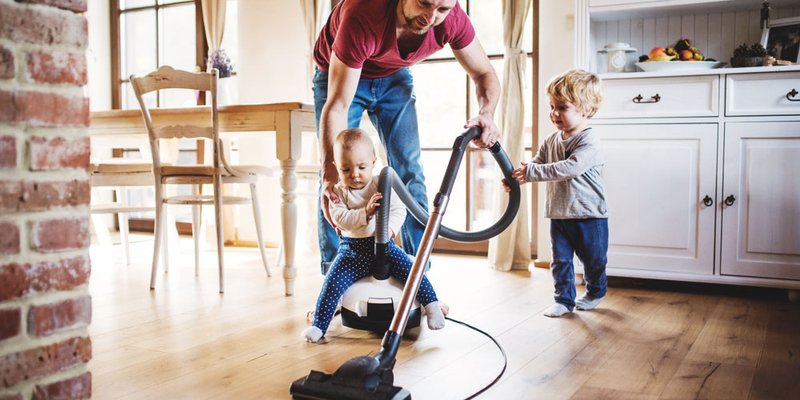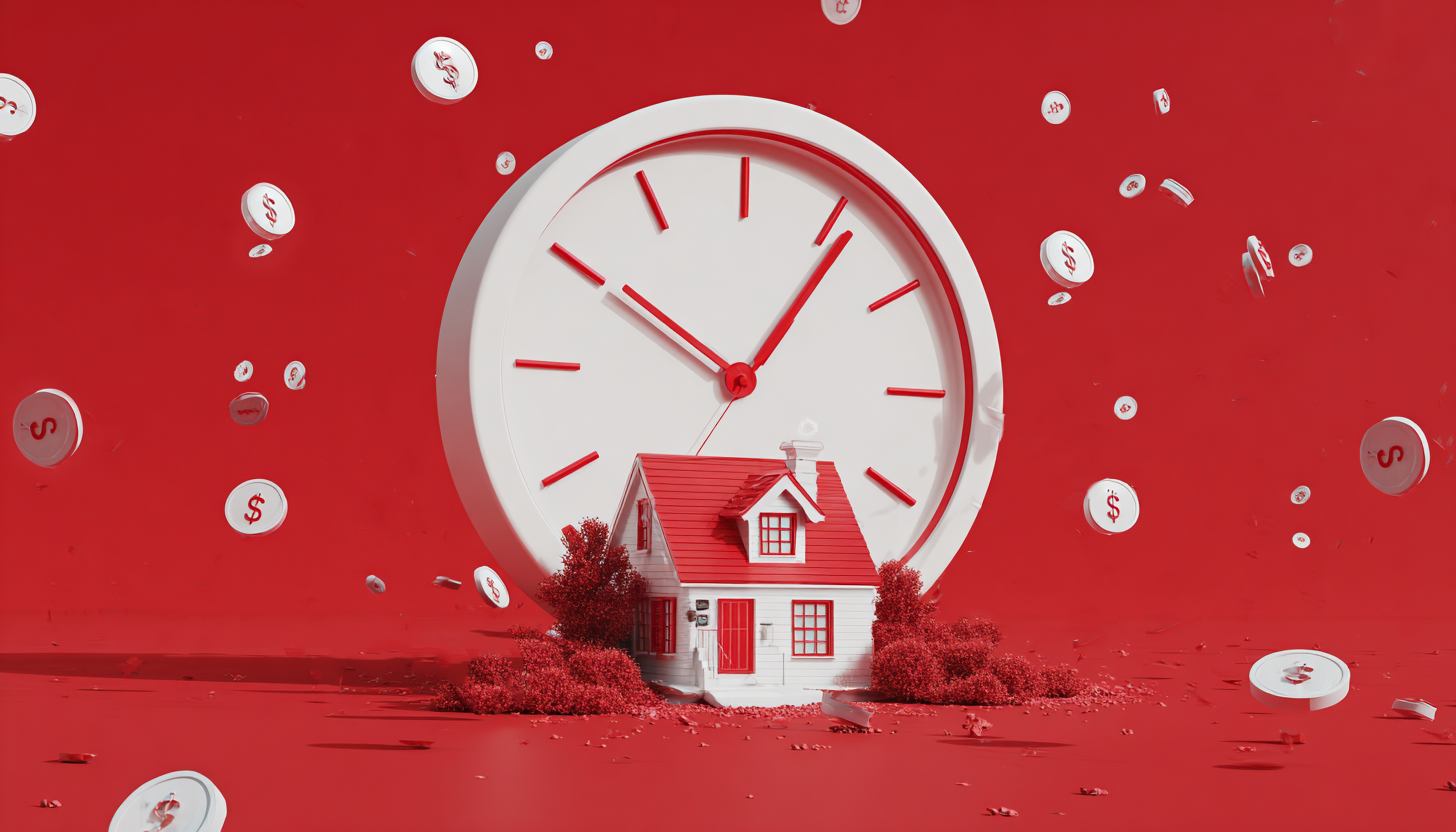
If you are not redirected within 30 seconds, please click here to continue.
Samedi: 10h – 16h HAE

If you are not redirected within 30 seconds, please click here to continue.
If you are not redirected within 30 seconds, please click here to continue.
Is Rent-to-Own Housing Ever a Good Idea?

The majority of Canadians are homeowners, and many more want to buy, but not everyone can afford to do so. If you’re one of those who are looking to get into the market and don’t have enough money saved up yet or you currently have poor credit, there’s always the option to rent to own.
Understanding rent-to-own deals
With a rent-to-own property, the end goal is to eventually own it after a period of renting. During your time as a tenant, you should be saving enough to make a down payment and/or improve your credit to qualify for a mortgage.
The seller will initially rent out the home for a period of time—often one to three years—before selling the property after that period at a price agreed upon in the present. This prevents buyers from being surprised if the value of the property increases significantly during that time. However, in some cases, the property may be appraised closer to the date of the sale to determine the price.
A rent-to-own agreement may include an option to buy the home or a commitment to buy it once the lease ends. In the second instance, you’re contractually obligated to purchase the property.
You usually have to put down a deposit of between 2% and 4% of the agreed purchase price. This deposit will be considered part of the down payment and deducted from the final purchase price. And you’ll also be responsible for any repairs or home maintenance costs.
The cost of renting to own a home will vary based on the purchase price, but we’ll go through a hypothetical situation. We’ll assume the home you’re going to purchase will cost $450,000. You’ll pay $1,200 a month in rent, $600 a month of which will go towards your down payment (this money doesn’t go to your landlord, but can be deposited into a high-interest savings account), and you’ll buy the house in three years. Here’s an overview of what that will look like:
Purchase price: $450,000
Deposit of 2% (to be deducted from the final purchase price): $9,000
The amount owed on the home at the end of the rental term: $441,000
Monthly rent: $1,200 (or $43,200 after three years)
Monthly savings for the down payment: $600 (or $21,600 after three years)
Total mortgage remaining: $419,400 ($441,000 – $21,600)
After three years, you will have managed to save $21,600 that can go towards your down payment. On top of the deposit of $9,000, you can try to qualify for a mortgage since you now have more than 5% down.
However, you’ve also made $43,200 of rental payments to live in the home you intend to buy.
Why pay rent and cash upfront?
Making a deposit shows that you have some skin in the game and will be more likely to take better care of the home than a typical tenant. You’ll want to keep the home in good shape since you will be the future owner.
However, if you neglect the property, fail to make your rent payments on time, or decide to break the agreement, it’s possible that you may have to forfeit the deposit and be forced to find a new place to call home.
When things don’t work out
When the time comes to purchase the home and the lease is up, there’s always the possibility that you won’t qualify for a mortgage. Your credit might not have improved, you could lose your job during that time, rates may go up, the terms of the mortgage might not be what you expect, you didn’t take into consideration all the hidden costs of buying a home, or mortgage qualification rules may change. Many things can go wrong that you don’t have control over.
As a result, you may forfeit some or all of the initial deposit you made if you’re unable to buy the home. This will depend on the terms you agreed to when you signed the rent-to-own agreement. You’ll also lose all the work you’ve put into keeping the home maintained. And you’ll likely need to find a new place to live unless the owner lets you become a regular tenant.
Deals are often one-sided
Rent-to-own agreements are typically more favourable to the seller. They get a tenant for an extended period, which may be two or three years.
Under these agreements, the tenant is also typically responsible for the maintenance. If there are any problems with the home—such as a broken washing machine or a leaky roof—you’re usually going to be financially responsible for these problems. This is different than the typical landlord/tenant relationship. It saves the seller money and they don’t have to go through the hassle of finding someone to fix the problem.
You’re also not building very much equity in the home as a tenant. The only equity you have in the home is the deposit and that amount isn’t very much, especially if it’s only 2% of the purchase price.
If your agreement says that the eventual purchase price will be based on an appraisal before you’re going to become a buyer, that could end up making it harder to close if prices rise significantly in your area and your salary hasn’t kept pace. In that case, you may need to get a longer mortgage amortization period.
In the event you’re unable to live up to your side of the rent-to-own agreement, there may be financial as well as legal consequences of walking away from your offer.
Have a pro on your side
Deciding to go with a rent-to-own agreement is really only for you if you can’t currently afford a home, have poor credit, or both. If you’re in one or both of these situations, then it’s best to consult with some experts who can help you with your purchase.
Work with a real estate agent to help you find your home. Also, get a real estate lawyer to review the rent-to-own agreement and have them explain the fine print. And work with a mortgage broker who specializes in buyers with poor credit. You don’t want to spend a few years in a place with the expectation of becoming the future owner and then have your hopes dashed in the end.
Get money-saving tips in your inbox.
Stay on top of personal finance tips from our money experts!








